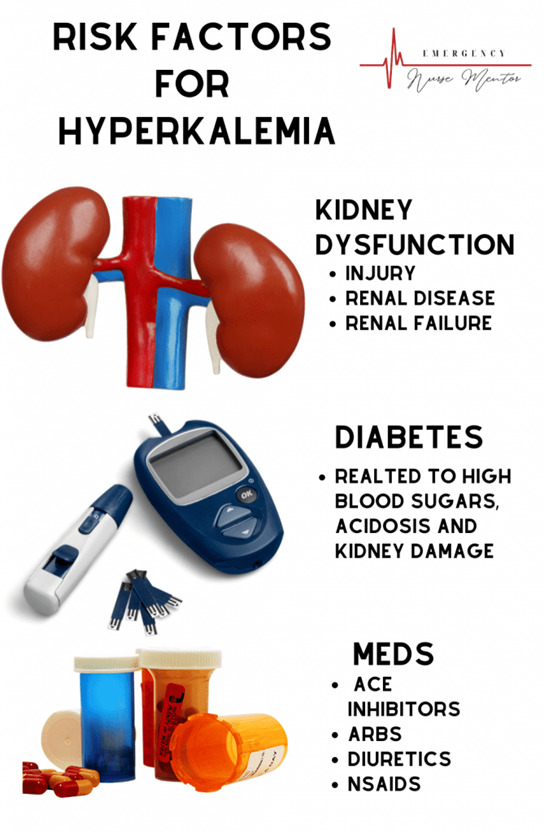A nurse is caring for a client in a clinic who has foul-smelling urine, a low-grade fever of 37.7°C (100°F), and pain with urination. Which of the following should the nurse expect the health care provider to order? (Select all that apply.)
WBC count
Blood cultures x2
Foley catheter placement
Broad-spectrum antibiotic
0.9% sodium chloride infusion at 100 mL/hr
A clean-catch urinalysis and urine culture
Correct Answer : A,B,D,E,F
Choice A reason: A WBC count can help determine the presence of infection.
Choice B reason: Blood cultures may be ordered if there is a concern for a systemic infection or sepsis.
Choice C reason: Foley catheter placement is not typically indicated for UTI and can increase the risk of infection.
Choice D reason: A broad-spectrum antibiotic may be prescribed to treat the suspected UTI until specific causative bacteria are identified.
Choice E reason: IV fluids may be administered to ensure hydration, especially if the client is unable to maintain adequate oral intake due to nausea or vomiting.
Choice F reason: A clean-catch urinalysis and urine culture are essential to identify the specific bacteria causing the UTI and to determine the appropriate antibiotic therapy.
Nursing Test Bank
Naxlex Comprehensive Predictor Exams
Related Questions
Correct Answer is ["A","B","C","D","E"]
Explanation
Choice A reason: Proper perineal care is crucial in preventing UTIs, especially in a skilled nursing facility where clients may need assistance with personal hygiene.
Choice B reason: Catheters should be discontinued as soon as medically feasible because they can be a source of infection.
Choice C reason: It is important to complete the full course of prescribed antibiotics to ensure all bacteria are eradicated and to prevent antibiotic resistance.
Choice D reason: Encouraging clients to urinate regularly and completely empty their bladder can help ?ush out bacteria and prevent UTIs.
Choice E reason: Adequate fluid intake is essential to help dilute urine and ?ush bacteria from the urinary tract.
Correct Answer is D
Explanation
Choice A reason: Hypernatremia, which is an abnormally high level of sodium in the blood, is not typically associated with prerenal AKI. Prerenal AKI is often related to hypovolemia, which can lead to hyponatremia rather than hypernatremia.
Choice B reason: Hypophosphatemia, or low levels of phosphate in the blood, is not a common finding in prerenal AKI. Phosphate levels are more often affected in intrinsic renal diseases or refeeding syndrome.
Choice C reason: Hypercalcemia, or high levels of calcium in the blood, is not commonly seen in prerenal AKI. It is more frequently associated with malignancies or hyperparathyroidism.
Choice D reason: Hyperkalemia, which is an elevated level of potassium in the blood, is a common electrolyte imbalance in prerenal AKI. This occurs due to decreased renal perfusion and the kidney's reduced ability to excrete potassium.

Whether you are a student looking to ace your exams or a practicing nurse seeking to enhance your expertise , our nursing education contents will empower you with the confidence and competence to make a difference in the lives of patients and become a respected leader in the healthcare field.
Visit Naxlex, invest in your future and unlock endless possibilities with our unparalleled nursing education contents today
Report Wrong Answer on the Current Question
Do you disagree with the answer? If yes, what is your expected answer? Explain.
Kindly be descriptive with the issue you are facing.
